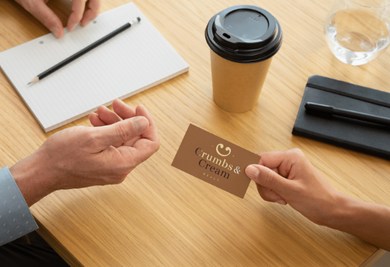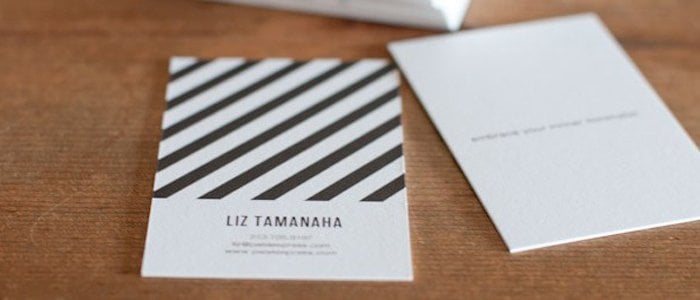
Paper is the most important material for printing. So, choosing the right paper is very important for all types of print media. It is not always the case that your printing will come out with good quality, even if you use the most expensive paper with the highest quality. It is because paper have different varieties which come with many different functions. So before you print any print media, you should research to find the right paper type that would suit your purposes and needs.
Today, Gogoprint will explain 4 important factors that affect on “How to choose the right paper for your print project.”
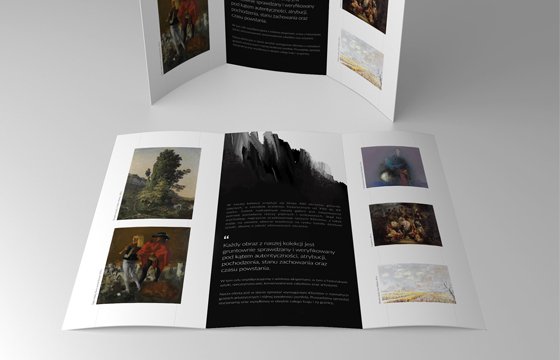
1. Brand Personality
Before you decide on the paper type and the design of print medias, you should first define your brand’s image; positioning; and target customer, in order to simplify the paper selection process and help you choose the right paper type. For example, you need paper to make flyers. It is to advertise your restaurant during the Songkran Festival. Hence, you should use the 85g paper, which is the lightest and cheapest paper, with coating to keep the paper waterproof, to ensure that your flyers will not be damaged by water and be easy enough to carry by passers-by.
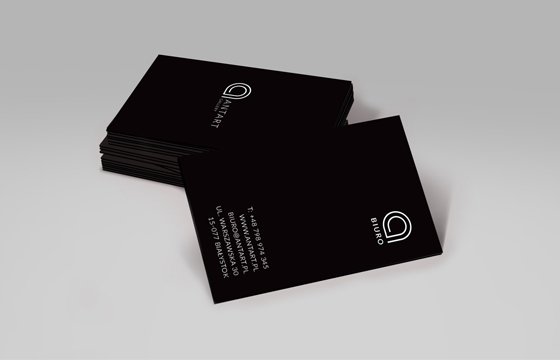
2. Paper Thickness
The second factor to consider is the paper thickness. How thick should the paper be that is appropriate with the type of printing that you want to print? Paper thickness is related to the weight of the paper. For example, the 300g paper is heavier than the 260g paper. Paper with standard thickness will improve the quality of printings in terms of high quality colors. The colors will be sharp, highly detailed, and will not bleed. It also helps to create a good brand image, as an example, business cards that use standard or premium paper (with appropriate thickness) can influence customers to believe that you are punctilious, careful and willing to pay attention to customers because your business cards offer a professional and trustworthy image.
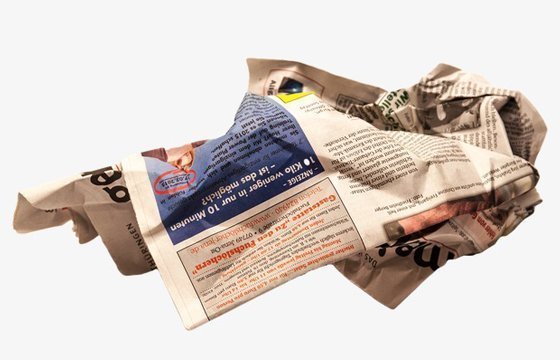
3. Paper Weight
If the thickness of the paper is mentioned, not mentioning the weight of paper would be impossible, as heavier paper is usually thicker than lighter paper. Printings that use lightweight and thin paper often creates a non-professional image for the brand or company. Customers will think that you are saving on your budget more than necessary, which might make customers overlook your brand altogether. But occasionally, the selection of thick and heavy paper, can also have negative effects as well, such as leaflets that use heavy paper are often thrown away because of the weight. Therefore, you should select the paper with the right weight according to the usage.
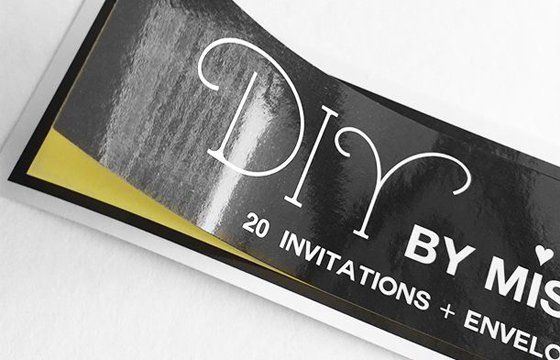
4. Glossiness - Matte
The glossiness and matte features of paper, also known as “matte paper” and “glossy paper”, are something that many people are familiar with, as these two paper types are very popular in general print media. Both types of paper have good quality. Glossy paper has a chemically-coated surface that makes the texture of the paper uniform, smooth, reflective, and is easy for ink to get absorbed into the texture of the paper. The advantages of glossy paper are the luster and the image sharpness. In terms of matte paper, it has a rough surface. It is heavier and thicker than glossy paper. The advantages of matte paper are that the images and colors are smoother than glossy paper, the tone is softer, and the surface is not reflective. Both types of paper are different in terms of usage. So before you choose the type of paper, you should think carefully and select the paper that meets your needs.
Here are four important factors when choosing the right paper for your print project and meet your needs. Only after you have the answers to all four of these factors, choosing the right paper for printing will not be difficult. Don’t forget to share this helpful article with your friends. See you in the next article.






